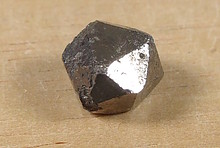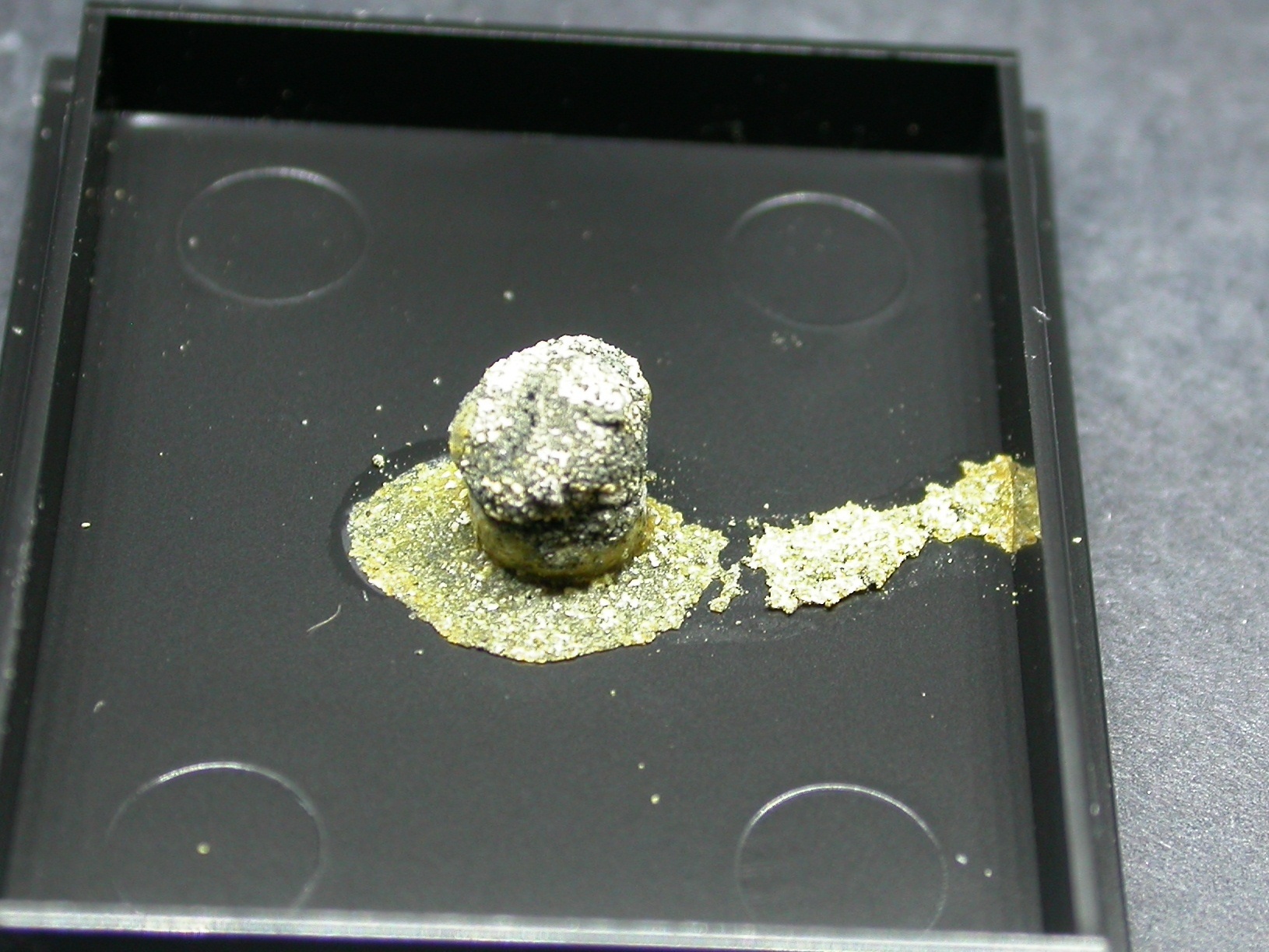Home PageAbout MindatThe Mindat ManualHistory of MindatCopyright StatusWho We AreContact UsAdvertise on Mindat
Donate to MindatCorporate SponsorshipSponsor a PageSponsored PagesMindat AdvertisersAdvertise on Mindat
Learning CenterWhat is a mineral?The most common minerals on earthInformation for EducatorsMindat ArticlesThe ElementsThe Rock H. Currier Digital LibraryGeologic Time
Minerals by PropertiesMinerals by ChemistryAdvanced Locality SearchRandom MineralRandom LocalitySearch by minIDLocalities Near MeSearch ArticlesSearch GlossaryMore Search Options
The Mindat ManualAdd a New PhotoRate PhotosLocality Edit ReportCoordinate Completion ReportAdd Glossary Item
Mining CompaniesStatisticsUsersMineral MuseumsClubs & OrganizationsMineral Shows & EventsThe Mindat DirectoryDevice SettingsThe Mineral Quiz
Photo SearchPhoto GalleriesSearch by ColorNew Photos TodayNew Photos YesterdayMembers' Photo GalleriesPast Photo of the Day GalleryPhotography
╳Discussions
💬 Home🔎 Search📅 LatestGroups
EducationOpen discussion area.Fakes & FraudsOpen discussion area.Field CollectingOpen discussion area.FossilsOpen discussion area.Gems and GemologyOpen discussion area.GeneralOpen discussion area.How to ContributeOpen discussion area.Identity HelpOpen discussion area.Improving Mindat.orgOpen discussion area.LocalitiesOpen discussion area.Lost and Stolen SpecimensOpen discussion area.MarketplaceOpen discussion area.MeteoritesOpen discussion area.Mindat ProductsOpen discussion area.Mineral ExchangesOpen discussion area.Mineral PhotographyOpen discussion area.Mineral ShowsOpen discussion area.Mineralogical ClassificationOpen discussion area.Mineralogy CourseOpen discussion area.MineralsOpen discussion area.Minerals and MuseumsOpen discussion area.PhotosOpen discussion area.Techniques for CollectorsOpen discussion area.The Rock H. Currier Digital LibraryOpen discussion area.UV MineralsOpen discussion area.Recent Images in Discussions
EducationWhat happened here?
7th May 2017 17:20 UTCEddy Vervloet Manager
I have seen a lot of things happen in my collection over the many years, but this is rather new for me!
It is a Romerite specimen from the Clara mine, Black Forest, Germany. I haven't looked at it for maybe 7-8 years and now this.
It wants to escape from the box!
So what happened here? I know these sulphates are not the most stable stuff, but can someone shed some light on the events here please? Did the water in the molecule make it flow?? It was stored under normal circumstances, in a Joussi box, as you can see... Any ideas?
Thanks,
7th May 2017 20:16 UTCReiner Mielke Expert

7th May 2017 22:40 UTCSusan Robinson
8th May 2017 00:31 UTCKeith Compton 🌟 Manager
As Reiner said, it soaks up the moisture in the air so you have to keep it locked up tight!!
Susan,
The gel may help a bit if it is also in an airtight container. But it may also depend on where you live and how humid. Those things like desert conditions !!
And sometimes the specimens of the same mineral may react differently in the same environment. I have a couple of Hanksite specimens (same locality) at home and have had them for many years. Both kept in airtight containers, one - has remained unchanged in 20 years, no coatings or preservative action taken, other than in a container. The other, also in a container needs to be re-oiled annually. I simply put it down to impurities etc.
Cheers
Keith

8th May 2017 00:59 UTCAlfredo Petrov Manager
8th May 2017 01:10 UTCReiner Mielke Expert
I have had trouble with roemerite as well but I can't say it was the roemerite itself it may have been something in the matrix.

8th May 2017 03:29 UTCAlfredo Petrov Manager
In general, Fe(II)-bearing sulphates generate sulphuric acid when the Fe oxidises to Fe(III), which is what makes the Fe(II) sulphates so much more unstable than the Fe(III) sulphates like coquimbite. Roemerite has (relatively) little Fe(II), but nevertheless i suppose some oxidation could be a problem. Has anyone tried keeping Fe sulphates in humid oxygen-poor atmospheres? (sealed in a jar together with some damp steel wool should do it)
8th May 2017 05:03 UTCKeith Compton 🌟 Manager
I can only comment that my only coquimbite crumbled to dust and I presumed that it was due to absorbing moisture .. perhaps I was wrong.
Either way it "died" a slow crumbly death.
In a Mineralogical Record article on The Sulfur Hole in San Bernardino Co - in Axis, Vol 1, No.5 (2005) the following quote is pertinant in relation to roemerite and other sulphates found there:
"Exposure to either low or high humidity will allow the minerals found in the more acidic footwall zone (römerite, voltaite, melanterite) to literally dissolve in their own water of crystallization or crumble into a fine-grained powder. In extreme cases storing the specimens with desiccants has proved successful and coating the surface with acrylic resins has also proved successful, although doing so will change the luster of the crystal faces. Under normal conditions, storage in a sealed plastic box will suffice,but the survivability of the acidic footwall minerals is best guaranteed in a sealed glass jar. "
Cheers
Keith
8th May 2017 05:31 UTCSteve Hardinger 🌟 Expert
For example calcium chloride (CaCl2) can form a hexahydrate (CaCl2-6H2O), and this hexahydrate continues to absorb water from the air until it is complete dissolved. Decades ago, there existed a commercial product consisting of solid calcium chloride in a can, which you opened and placed in whatever space you wanted to dehydrate. When the can was full of liquid, you discarded it. (This was the course of cheap calcium chloride for my basement chemistry lab.)
So its possible that some iron salts might absorb atmospheric water to the point of deliquescence. I believe FeCl3 might be one of these salts, so no good common-sense reason why an iron sulfate mineral might also be deliquescent.
8th May 2017 15:02 UTCEddy Vervloet Manager
I was and am not very familiar with romerite as a species. I must admit I added it to my Clara collection as an insignificant sample because I did not have one yet. So I cannot comment on the mis ID suggestion. Alfredo, it might have gone up to 30 degrees celcius at one point, but surely not more than that. I am just intrigued by the way it looks now, as if it flowed instead of crumbled... and it is not like I live in the tropics, we have a dry continental climate here. I am not saying a joussi box is air tight, but still!
8th May 2017 15:07 UTCEddy Vervloet Manager
8th May 2017 15:09 UTCEddy Vervloet Manager
8th May 2017 16:03 UTCReiner Mielke Expert

8th May 2017 16:17 UTCAlfredo Petrov Manager
I collected some wonderfully gemmy green ~1cm melanterite crystals in Oruro once, a species that usually doesn't survive more than a few hours. But sealed in black plastic, in the refrigerator, the crystals survived about 5 years, taken out occasionally for a few seconds viewing, which is pretty good for crystals that normally decompose the same day you collect them. Most other Fe sulphates are much hardier than melanterite.
17th May 2017 20:24 UTCUwe Kolitsch Manager
I have never seen them "flowing away" and suspect at one point the humidity was very high.




Mindat.org is an outreach project of the Hudson Institute of Mineralogy, a 501(c)(3) not-for-profit organization.
Copyright © mindat.org and the Hudson Institute of Mineralogy 1993-2024, except where stated. Most political location boundaries are © OpenStreetMap contributors. Mindat.org relies on the contributions of thousands of members and supporters. Founded in 2000 by Jolyon Ralph.
Privacy Policy - Terms & Conditions - Contact Us / DMCA issues - Report a bug/vulnerability Current server date and time: April 27, 2024 03:45:11
Copyright © mindat.org and the Hudson Institute of Mineralogy 1993-2024, except where stated. Most political location boundaries are © OpenStreetMap contributors. Mindat.org relies on the contributions of thousands of members and supporters. Founded in 2000 by Jolyon Ralph.
Privacy Policy - Terms & Conditions - Contact Us / DMCA issues - Report a bug/vulnerability Current server date and time: April 27, 2024 03:45:11












